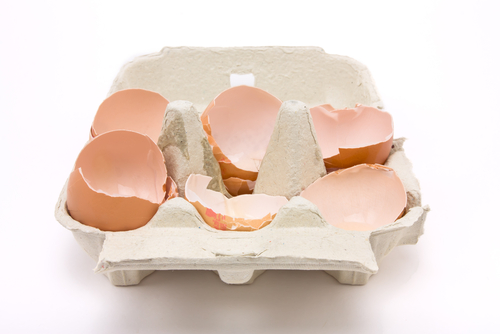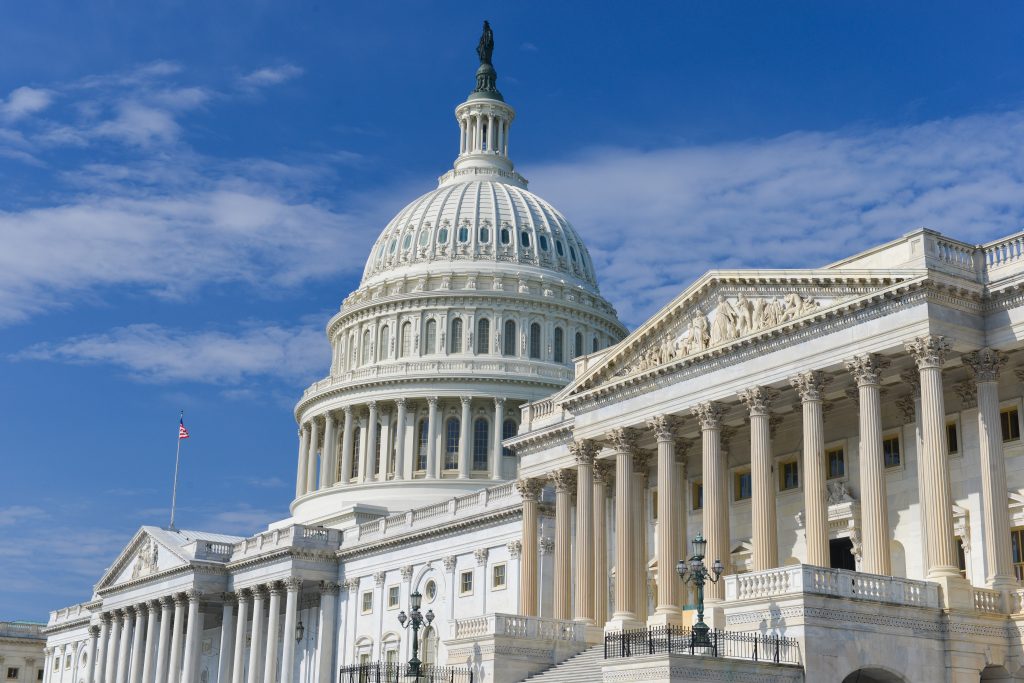The American Heart Association (AHA) released guidelines on Monday about the amount of added sugar that Americans should consume. Unfortunately, this report is likely to contribute to the hysteria surrounding high fructose corn syrup. Most recently, the founder of an Indianapolis farmers market, who has been adamant about keeping corn sugar out of her kitchen and using other sweeteners instead, offered this gem: "I don’t have the science to say it’s healthier, but intuitively, I feel it is healthier."
Of course, the reason she doesn’t have the science to say it’s healthier is because corn sugar is nutritionally no different from table sugar. Even Food Police Chief Michael Jacobson took the opportunity to clear the air, stating that “I hope that the AHA’s new report on sugars ends the debate over whether high fructose corn syrup is especially evil.” Meaning, of course, that in the midst of the recent hysteria, the Center for Science in the Public Interest has finally found a food ingredient it won’t complain about.
The guidelines from the AHA themselves raise an eyebrow, claiming that women shouldn’t consume more than six teaspoons of added sugar daily. In effect, that means women shouldn’t—ever—consume a can of regular soda, which has eight teaspoons of added sugar.
That doesn’t make much sense. Is the AHA saying regular soda is always unhealthy for women? The focus of the reporting has largely been on the effect of the guidelines on soda pop, but no one has seemed to notice that drinks like orange juice have the same amount of sugar per fluid ounce. A large weight of scientific research has demonstrated that soda is not a unique cause of obesity. And no one, to our knowledge, seriously believes too much fruit juice is a reasonable target for fat-fighters.
Not even the Center for Science in the Public Interest.




